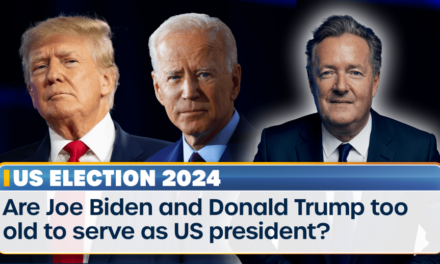OHIO — Ohio is home to nearly 8 million registered voters, but there’s still a large population of people in the state who are not registered or are inactive.
What You Need To Know
- There’s been a decline in voter turnout in Ohio for at least the last five years, according to the Innovation Ohio Education Fund
- Data from Catalist, the U.S. Census Bureau and the Secretary of State was used as a foundation for A Justice Agenda: Ohio’s Missing Voters report
- Based on the data, Ohio has 2 million unregistered voters many of whom are men 49 and up, and 700,000 inactive voters
- The organization believes targeted outreach and inclusive voter registration campaigns are needed to address the decline and turnout
The Innovation Ohio Education Fund set out to discover more about the trend and how to address it.
“We have a turnout issue,” said Desiree Tims, president and CEO of Innovation Ohio Education Fund. “It was really surprising to me how many people are staying home, and I think a lot of the extremities on both sides of the party and the polarization of politics has really been a turnoff for a lot of people in the state.”
The decline can be seen within the 2018 and 2022 midterm elections. Urban counties across the state like Cuyahoga, Hamilton and Franklin counties saw anywhere from 6% to 8% of voter turnout drop. When looking at data on unregistered voters, the report indicates that 82% of those voters in the state are white and over the age of 49. Many of them are men. Those who are inactive are under the age of 50. Many of those residents are Black women.
For Tims, the data demonstrates that, “More younger residents in the state need to participate because in Ohio we have a use it or lose it policy. Meaning if they do not participate in the upcoming federal election, they are at risk of being purged from the voter rolls.”
For the older population of adults in the state, Tims believes automatic voter registration should occur.
“In Ohio, we used to have something called Golden Week, and that allowed people to register to vote and vote for this one-week period of time. I think all of the policies we had before they encouraged people to participate in our democracy have been rolled back and we are seeing the impact of that with this data and the report that we compiled together,” Tims said.
To see the report in its entirety, click here.




